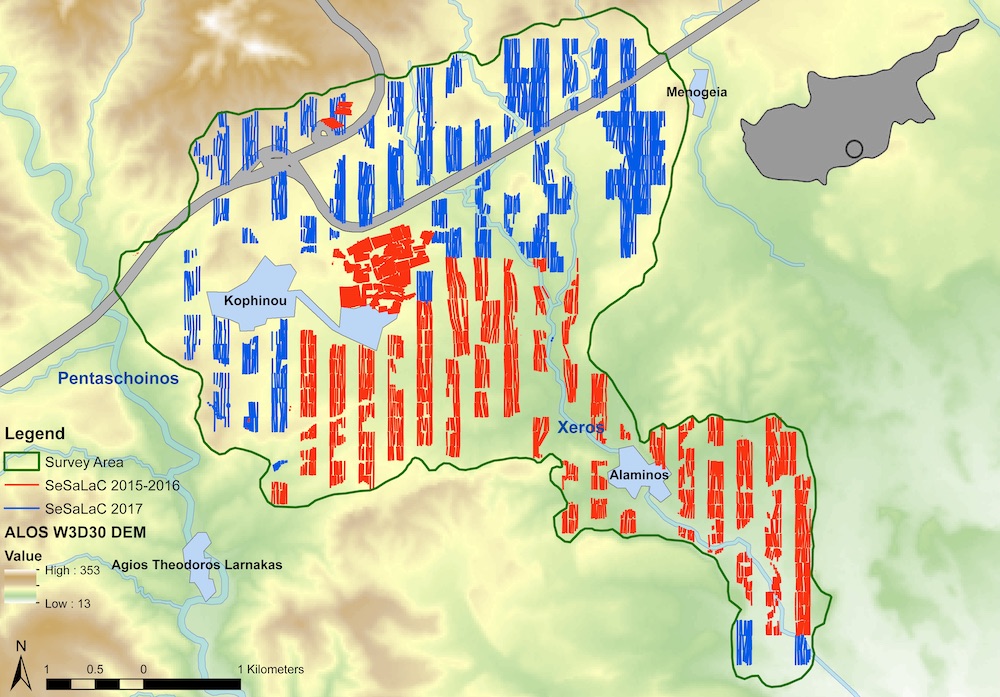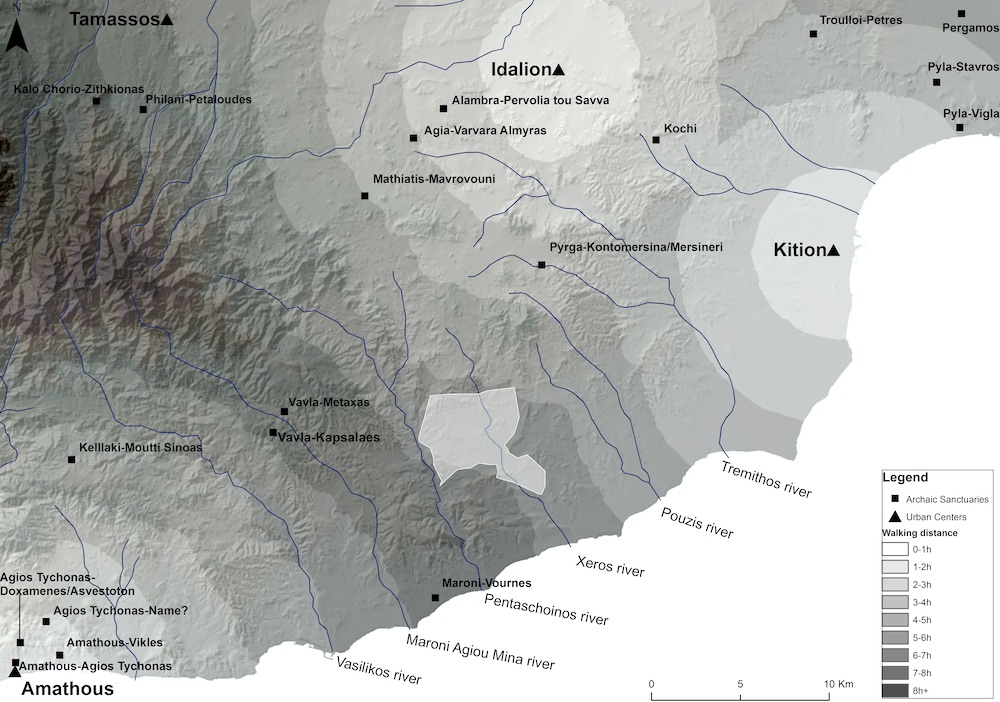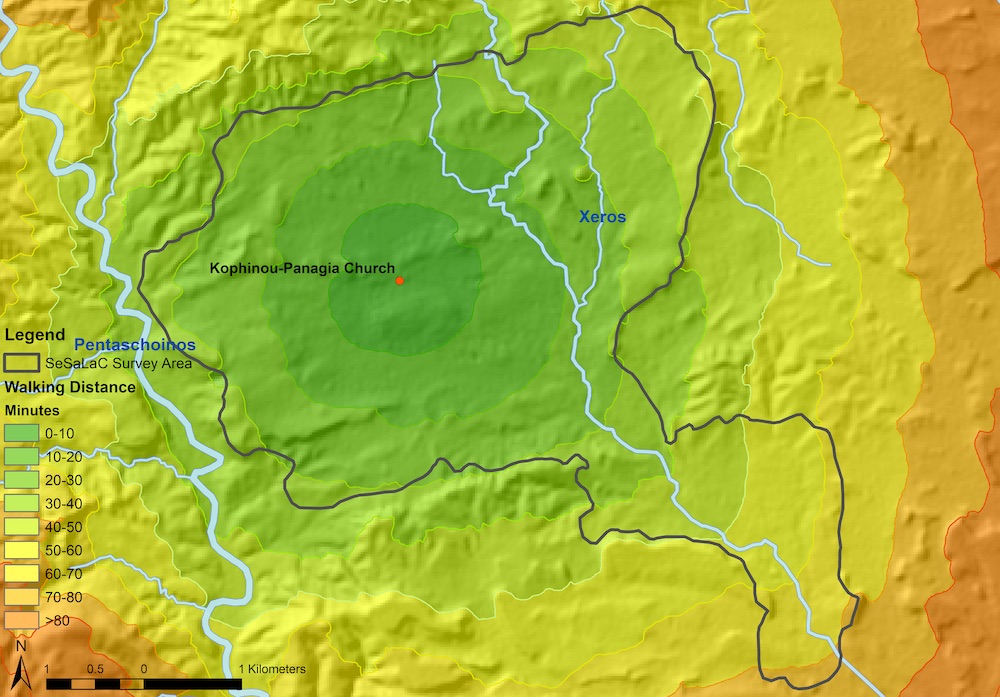|
UnSaLa-CY
|
 |
 |
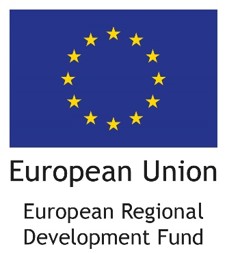 |
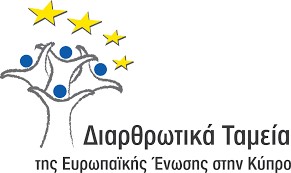 |
|
The project was first initiated in 2011 in the framework of an Irish Research Council/Marie Curie Postdoctoral Fellowship under the title Unlocking Sacred Landscapes: A Holistic Approach to Cypriot Sanctuaries and Religion. In 2015 it was moved to Germany to focus on economic aspects of Cypriot sacred landscapes, under the title Unlocking Sacred Landscapes: Cypriot Sanctuaries as Economic Units, functioning within the framework of the Universities of Bonn/Cologne Research Training Group 1878: Archaeology of Pre-Modern Economies, funded by the German Research Foundation. In 2018 the project was further funded by the European Regional Development Fund and the Republic of Cyprus through the Research and Innovation Foundation, moving to the University of Cyprus under the title Unlocking the Sacred Landscapes of Cyprus (UnSaLa-CY) and in collaboration with the Settled and Sacred Landscapes of Cyprus (SeSaLaC) project, which undertakes archaeological survey in the Xeros River valley in the region of Larnaca. UnSaLa-CY aims to contextualise the development of sacred space and cult in Cyprus from the Late Bronze Age to Late Antiquity, using a range of so-called 'culture-historical', 'processual' and 'post-processual' approaches. Perceiving sacred space as instrumental in forming power relations and the worldview of the ancient Cypriots, it elucidates how meanings and identities were diachronically expressed in, or created by, the topographical setting of religion and its material depositions and dedications. Particular emphasis is given to the interaction between political and religious structures. The evidence of cult or sacred space is very limited and ambiguous before the Late Bronze Age. During the Late Bronze Age (ca. 1700-1125/1100 BC), however ritual spaces were closely linked to industrial activities; the appropriation, distribution, and consumption of various resources (especially copper), labour and land was achieved by the elite through exploitation of supernatural knowledge. The Early Iron Age (ca. 1125/1100-750 BC) landscapes are very difficult to approach. We can, however, identify sanctuary sites in the countryside towards the end of this period. This phenomenon might well relate to the consolidation of the Iron Age Cypriot polities (known in the archaeological literature as Cypriot city-kingdoms) and their territories. While urban sanctuaries become religious communal centres, where social, cultural and political identities are affirmed, an indication of the probable use of extra-urban sanctuaries in the political establishment of the various polities of the Cypro-Archaic (ca. 750-480 BC) and Cypro-Classical (ca. 480-310 BC) periods has recently been put forward. During the Hellenistic period (ca. 310-30 BC), a process of official neglect of the extra-urban sanctuaries signals a fundamental transformation in the social perception of the land. After the end of the city-kingdoms, and the movement from many political identities to a single identity, extra-urban sanctuaries were important mainly to the local extra-urban population. By the Roman period (ca. 30 BC-330 AD), the great majority of Hellenistic extra-urban sanctuaries are 'dead'. When the social memory, elite or non-elite, that kept them alive 'dies', they 'die' with it; what usually distinguishes the surviving sites is what the defunct sites lacked: political scale and significance. As the topography of Roman sanctuary sites reveals, this is not to say that extra-urban sanctuaries did not exist anymore. Over time, however, they started to become primarily the concern of local audiences. The annexation and 'provincialisation' of Cyprus, with all the consequent developments, were accompanied by changes in memorial patterns, with less focus on regional or local structures, and more intense emphasis on stressing an ideology which created a more widely recognisable 'pan-Cypriot' myth-history, which was eventually related to Ptolemaic, and later to Roman imperial power and ideology. The transition from paganism to Christianity during the Late Antique era (ca AD 330–650) eventually resulted in major transformations in the island’s social and cultural landscapes and identities. As Christianity was firmly established on the island, many pagan sacred spaces were transformed into Christian temples. Most cities became ecclesiastical centres from which the bishops supervised their districts or dioceses, and Early Christian Episcopal basilicas replaced major Roman temples. A number of factors contributed to the gradual conversion of sacred space in the urban centres of the island. The official establishment of Christianity, the economic prosperity that Cyprus started enjoying, and the shift of political control (at the local level) from imperial families to Christian elites and bishops contributed to the transformation of the sacred townscapes and landscapes of Cyprus. UnSaLA-CY puts together a holistic, inter-disciplinary approach to the diachronic study of the ancient Cypriot ritual and cult. While it aims at bringing together textual, archaeological, epigraphic, art-historical, and sociological/anthropological evidence, for the first time it incorporates 'scientific' spatial analysis and more agent-centred computational models to the study of ancient Cypriot sanctuaries and religion. By inserting in a GIS environment the Cypriot ritual sites the relation of sacred landscapes with political geography put forward above is tested both at regional and at island-wide level.Project Coordinator
Dr Athanasios K. Vionis (University of Cyprus)
Principal Investigator:
Dr Giorgos Papantoniou (University of Cyprus / Trinity College Dublin)
Collaborators:
Doria Nicolaou (University of Mainz)
Christine E. Morris (Trinity College Dublin)
Apostolos Sarris (University of Cyprus)
Jennifer M. Webb (La Trobe University / University of Cyprus)
Marios Avraamides (University of Cyprus)
Andreas Lanitis (Cyprus University of Technology)
Athos Agapiou (Cyprus University of Technology)
Niki Savvides (The British Museum)
Panayiotis Panayides (University of Oxford)
Charalambos Paraskeva (University of Cyprus)
Niki Kyriakou (University of Cyprus)
Andreas Charalambous (University of Cyprus)
Marina Ieoronymidoy (Department of Antiquities)
Anna Satraki (Department of Antiquities)
Zomenia Zomeni (Geological Survey Department)
|


